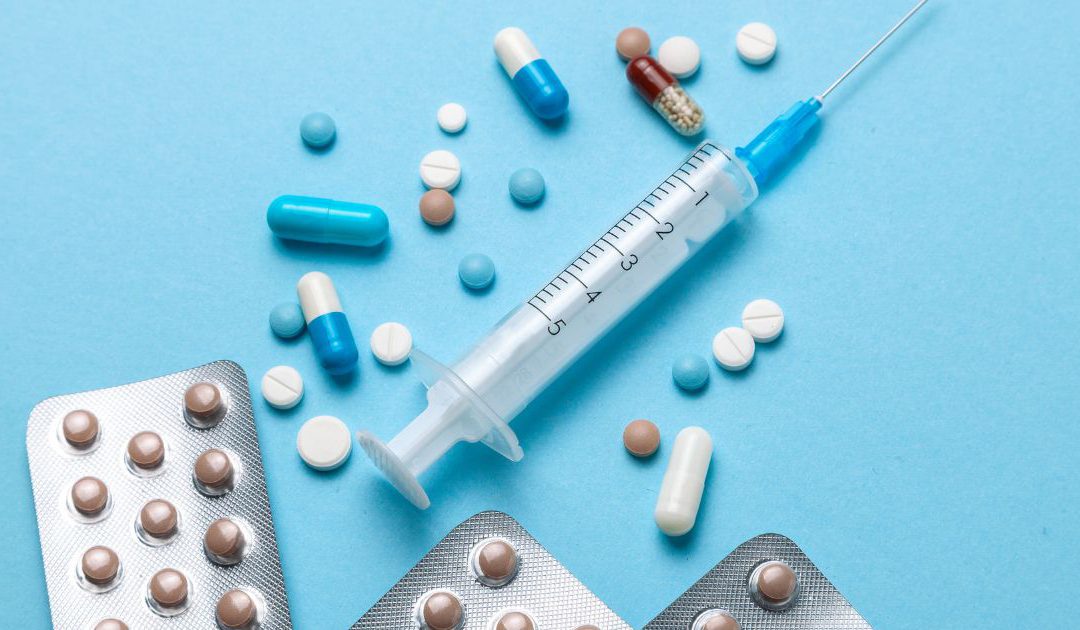Orals versus Injectables ?
The basic difference between these two types is that orals are active and ready in the
pill so that the body can use them while the 17AA is still attached. Injectables that have
esters (with the exception of Winstrol that does not have an ester) are not active and
cannot be readily used by the body, not until the liver enzymes cleave (cut) the ester
chain off. It is only then that the steroid can and does work in the body. Eventually, it
gets broken down (metabolized) by the liver.
The ester chain's placement interferes with the anabolic steroid docking in the cell's
androgen receptors, and need to be removed before the anabolic can dock at the
receptor sites or be broken down by the liver. The 17AA of orals do not interfere with
docking at the cell receptor sites and will allow the hormone to dock with the Androgen
receptor without modification.
Oral steroids have relatively shorter active lives, thus they are excreted rather quickly
from the body. The removal of a drug from the plasma is called clearance.
Oral steroids tend to have shorter active lives (maximum is 9-10 hours) than esterified
injectables (minimum of one day to a maximum of 18 days) and also have quicker
clearing times. So orals are the choice if an athlete wants to avoid detection during
testing. Injectables are less popular in this regard because they have 'easier'
detectability as they tend to stay for longer periods in the body. The only injectable that
has found use for drug tested athletes is Testosterone Suspension, which is a water
based form of Testosterone that contained no ester or methyl group.
Injectable steroids tend to have less negative effects than orals, causing less liver
toxicity than their oral counterparts. What makes injectables safer than orals?
When you ingest something orally – be it food or drugs – the bulk of the ingested
substances pass through the liver before entering the bloodstream. The primary goal of
this process – called the first pass metabolism – is to filter toxic materials from
circulating into the general system.
How does this process work? Detoxification or deactivation in the liver typically involves
one or several hydroxyl groups (-OH) primarily to improve the water solubility of
molecules, thereby making excretion in the urine more easily accomplished.
Oral steroids have to undergo chemical modification to survive the deactivation of the
liver. The c-17 alpha-alkylation improves the efficacy of the oral steroids, but it is known
to cause stress to the liver.
This alteration is absent with injectables, hence if steroids are administered
intramuscularly, they are considered degraded in just a single pass through the liver

